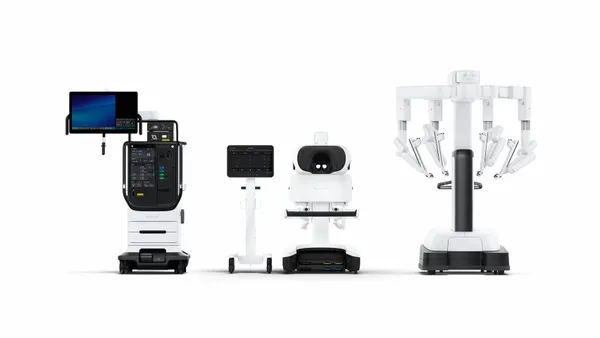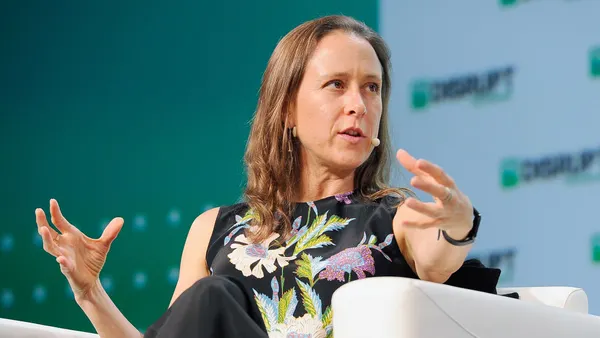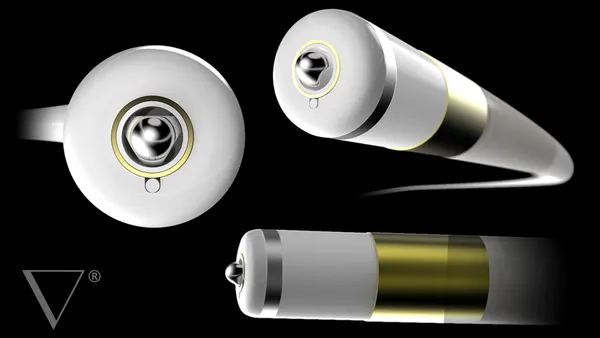Dive Brief:
- Fewer than 30% of novel medical devices receive nominal or better coverage from Medicare in the three years after regulatory authorization, according to a paper in JAMA Health Forum.
- The researchers analyzed the lag between U.S. Food and Drug Administration authorization and Medicare coverage for 64 devices and diagnostics. Twenty-eight of the products received coverage before the cut-off date, and the median wait was 5.7 years.
- According to the authors, who found small companies wait longer than big businesses, the study shows the need for “a more efficient and timely reimbursement process.”
Dive Insight:
Closing the gap between authorization and reimbursement is a top priority for the medical device industry. In June, the Centers for Medicare and Medicaid Services proposed a new reimbursement process — the Transitional Coverage for Emerging Technologies pathway — designed to improve patient access to breakthrough devices while maintaining safeguards. The proposal followed calls from industry to accelerate the process.
Josh Makower, director and co-founder of the Byers Center for Biodesign at Stanford University, is one of the leading advocates for reform and has now quantified the problem by working with colleagues on the JAMA Health Forum paper.
The study analyzed 64 devices and diagnostics that were authorized via the premarket approval and de novo pathways between 2016 and 2019. By the end of 2022, 44% of the devices had received at least nominal coverage, meaning they were either explicitly covered by national or local determinations, or implicitly covered through new billing codes. The median wait for coverage was 5.7 years.
While one product received coverage 91 days after authorization, only 9% of the technologies achieved a coverage milestone within two years. Most, 72%, of the products had to wait at least three years. The lag was generally shorter for diagnostics, a finding the researchers said may be tied to the MolDx program.
The study also found a divergence between how long small and large companies waited for coverage. The coverage probabilities for small companies ranged from 5.6% after one year to 19% by year five. For larger companies, the one- and three-year probabilities were 18% and 68%, respectively. The authors have a theory about the divergence.
“This could be for several reasons, including the financial ability for larger manufacturers to hire individuals with expertise navigating the path to milestones or to design and undertake additional analysis suitable for health technology assessment,” the authors wrote.
The researchers said the findings suggest there is “a need for a dedicated pathway that closes the substantial coverage gap demonstrated herein and provides a process for early communication between CMS and manufacturers that informs evidence development resulting in final coverage determinations.” Makower, who has minority stakes in multiple medtech companies, could benefit from such a pathway.













